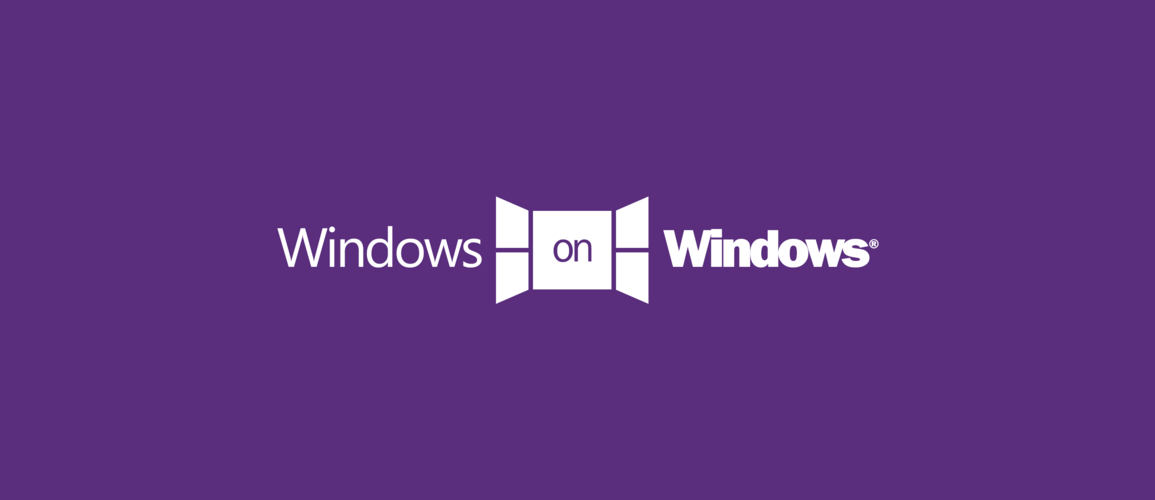


The YouTube channel on the history & development of #Microsoft #Windows. 📺 Join the Discord @ dsc.gg/wowserv! 👨🏻💻 Follow for daily Windows facts. 🤓 #WIMVP
This profile is from a federated server and may be incomplete. Browse more on the original instance.